You’re running late for an appointment and hit a traffic jam. Or maybe someone cuts you off. How do you respond? Driving can be stressful, but feeling angry when behind the wheel could lead to aggressive driving, distracted driving or even an accident.
What Is Road Rage?
Aggressive driving can take many forms, like tailgating, weaving and speeding. It happens a lot: One survey found that nearly 80 percent of drivers expressed significant anger or aggression behind the wheel at least once over the course of the prior year. The consequences can be serious: Aggressive driving played a role in 56 percent of fatal crashes over a five-year period, according to one analysis.
Here’s what to know about road rage, including tips on staying calm and what to do when confronted with an aggressive driver.
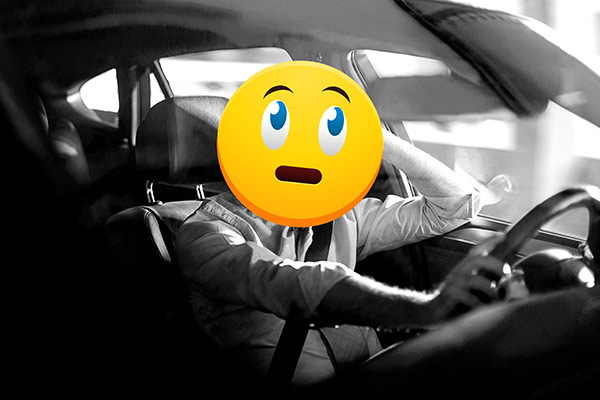 Road Rage Factors
Road Rage Factors
Here are some common factors that often contribute to road rage incidents or aggressive driving behavior.
- Traffic delays
- Heavy traffic, sitting at stoplights, looking for a parking space or even waiting for passengers can increase a driver’s anger level.
- Running late
- Running behind for a meeting or appointment can cause drivers to be impatient.
- Anonymity
- If drivers feel that they probably won’t see other drivers again, they may feel more comfortable engaging in risky driving behaviors like tailgating, cutting people off, excessive honking or making rude gestures.
- Disregard for others and the law
- Some drivers may think the rules don’t apply to them.
- Habitual or learned behavior
- For some drivers, aggressive driving may be the norm.
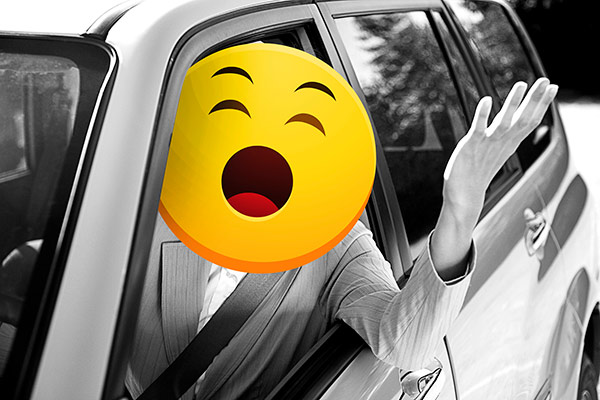 Most Common Forms Of Road Rage
Most Common Forms Of Road Rage
- Tailgating
- Yelling
- Honking in anger
- Making angry gestures
- Trying to block another vehicle from changing lanes
- Cutting off another vehicle on purpose
- Getting out of the vehicle to confront another driver
- Bumping or ramming another vehicle on purpose
 How to Avoid Road Rage
How to Avoid Road Rage
Make sure you have the right car insurance policy to protect yourself from aggressive drivers or if you find yourself the victim of a road rage incident.
Before You Get Behind The Wheel
- Don’t rush. Give yourself time to get where you’re going; you’re less likely to become impatient and take unnecessary risks.
- Cool off. If you’re upset, take time to calm down.
What To Remember When Driving
- Give other drivers a break. If someone is driving slowly, keep in mind they might be lost.
- Use hand gestures wisely. Keep gestures positive—say, waving to a driver who lets you in when merging.
- Don’t tailgate. Always keep a safe distance from the car in front, no matter how slowly they might be driving.
- Lay off the horn. Honking out of frustration won’t solve any problems; it will just increase the stress level for everyone on the road.
- Don’t stop to confront another driver. Stopping could lead to a dangerous situation for everyone.
If Another Driver Acts Aggressively
- Stay away. Safely change lanes, gradually slow down or even exit the highway to keep a safe distance from the aggressive driver.
- Don’t reciprocate. Ignore the temptation to respond to the other driver; it could cause the situation to escalate. Don’t make eye contact.
- Don’t stop. Stopping could lead to a person-to-person confrontation, which could be dangerous.
- Watch your back. If you’re worried that the other driver is following you, keep your doors locked and drive to the nearest police station.
Taking a defensive driving course could help you stay safer on the road; it could also qualify you for a discount on car insurance. Search for a course near you at geico.com.
Read more: Distracted Driving: Here’s Why You Should Pay Attention
Sources 1 National Highway Traffic Safety Administration 2 AAA Foundation For Traffic Safety 3 Insurance Information Institute

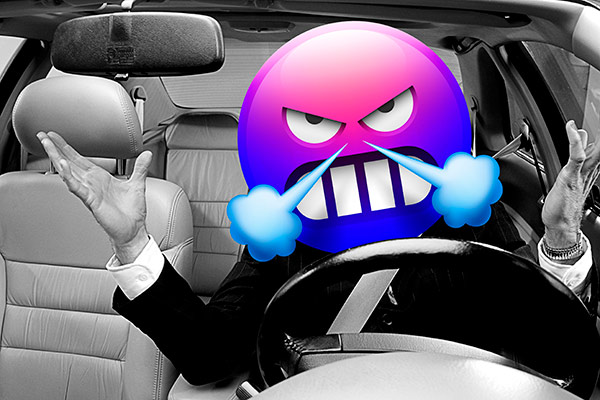


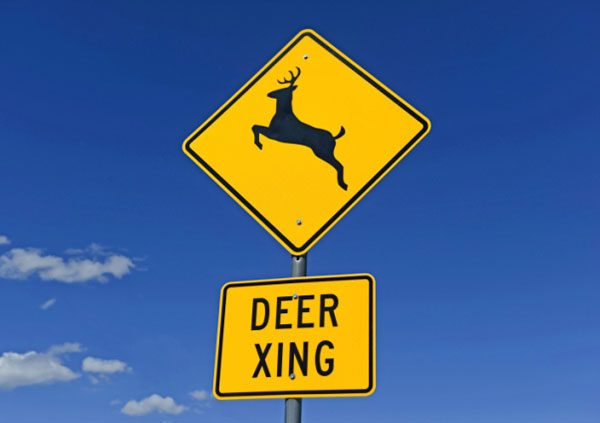
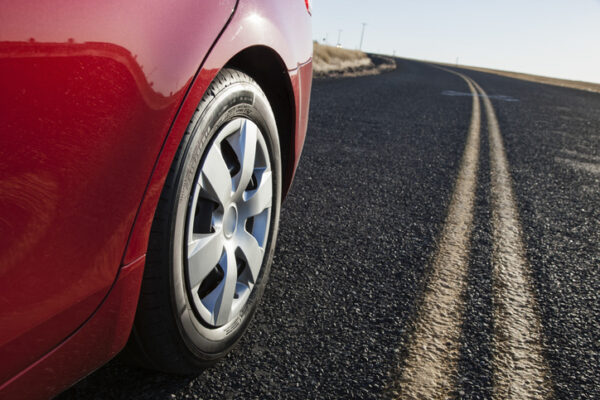
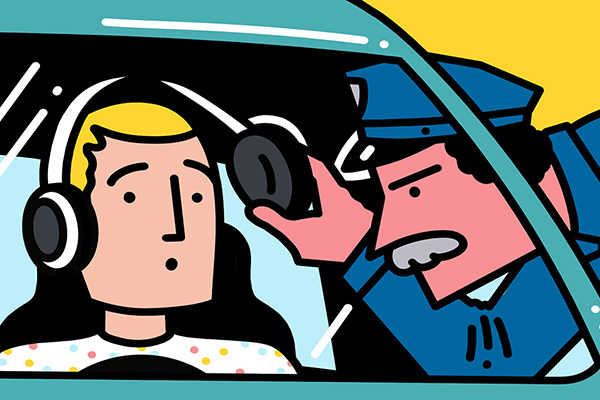
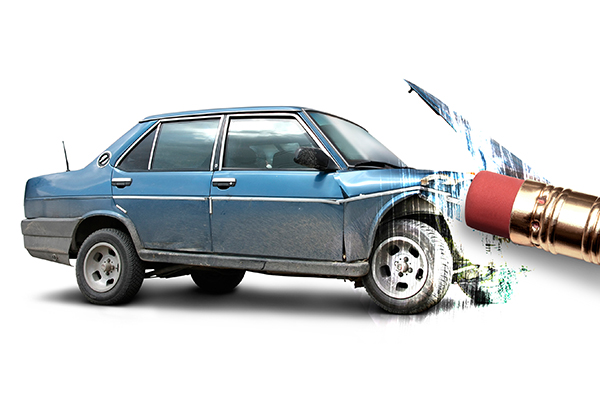

Bahieh Musa says,
It is informative and educational. I wish drivers would listen and take their time driving.
Mathew Mckelvey says,
Great advice and information. Thanks
Sandra Ross says,
Not rushing is one way to avoid road rage and other things they talk on are some good tips.
Gary Nichols says,
Great advise, I consider myself to comply with most of those rules,also take the AAARP . Safe drivers course every three ,years they cover most of your suggestions.i am lucky I live in Low traffic rule area, my new Toyoto Highlander has many of the new safety features that prevents following to close and many other safety features.
robert feinberg says,
this is an xcellent article and one drivers should be aware of.
all of the suggestions are ones we have all encountered on the road
article also serves as a healthy reminder
Paul says,
Remind drivers, to obey laws, driving safety take you to your designate location .
Bob Dennis says,
Great Information! Use Reason & Good Judgement, not Negative Emotional Reactions.
Harvey Jones says,
This is great advice and repetitive knowledge is and can help and with all of the aggressive drivers that we see this is needed so thanks.
Curdy says,
The Information that l obtained was excellent. Thanks.
Marcia K. says,
Remind drivers what the ACTUAL speed limit is . Some drivers will tail gate or attempt to bully you in another lane. This is not good manners if signs being posted says 55 MPH. People need to slow down and not make 15 miles over the speed limit a norm
Jeremy says,
Good information. I’ve learned to not take things personally anymore. If people are aggressive, let them go.
I totally agree that people should drive the speed limit or over the speed limit if they choose. It is their choice. I don’t agree with people forcing others to drive the “actual” speed limit by blocking the fast lane or speeding up after trying to pass. It is not our job to “police” others. It only makes things worse. Let people drive the way they choose, and keep the fast lane open if you are not passing.
Lukasz says,
You forgot to mention that the culture of driving on the left lane and not yielding to faster traffic (often on purpose) is the main reason of delays and dangerous behaviors (such as forcing other to pass on the right which should be forbidden on a highway).
Dominique Hyppolite says,
Thank you very much. Keeping yourself in a calm mood is the best way to handle the stress in the roads.
benjamin egnor says,
Informative and and well thought out.
Wish everyone thought like this, we all would be a lot better off and safer.
Yong Choi says,
I feel like to be not angry on the wheel.
Yong Choi says,
It was helpful.